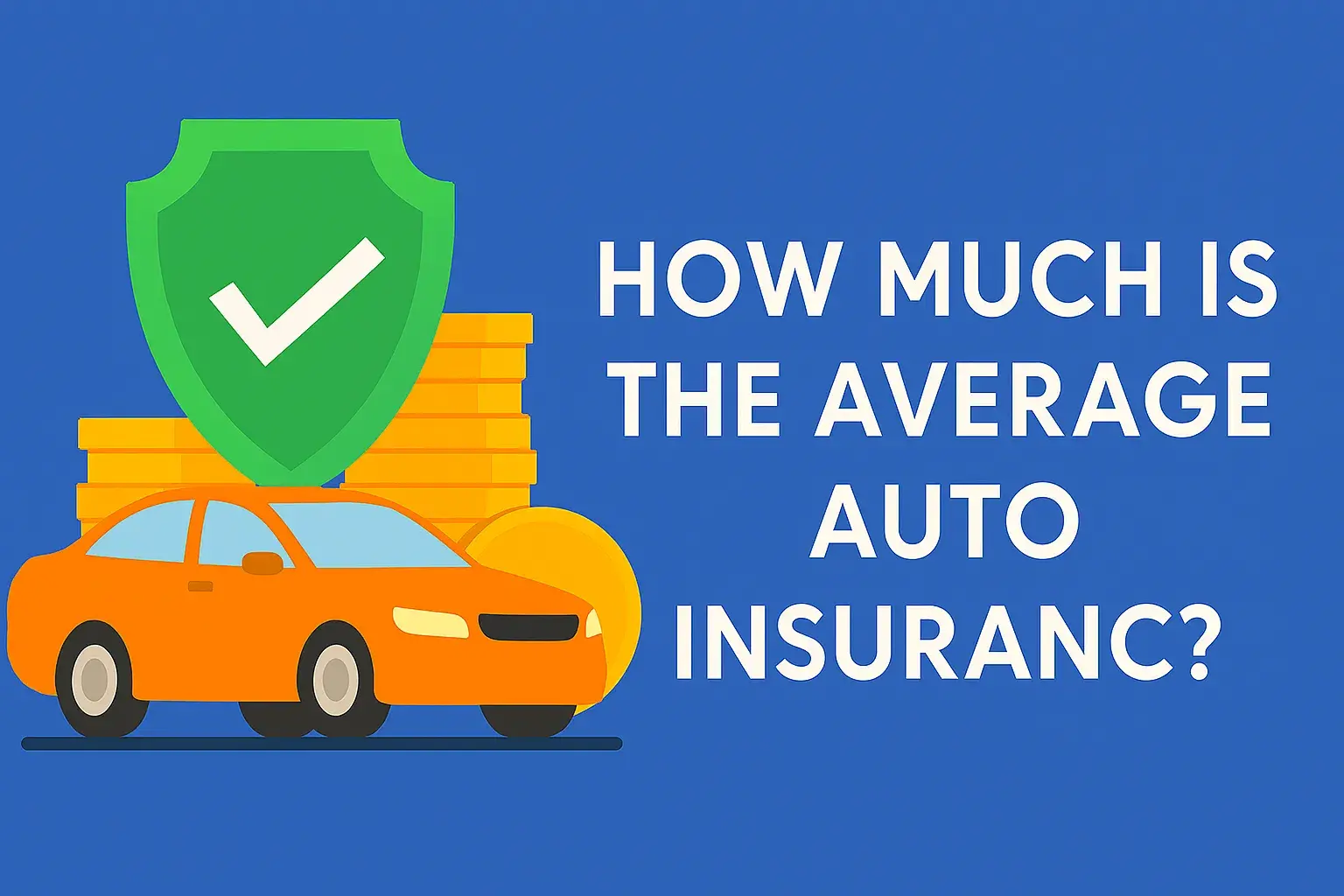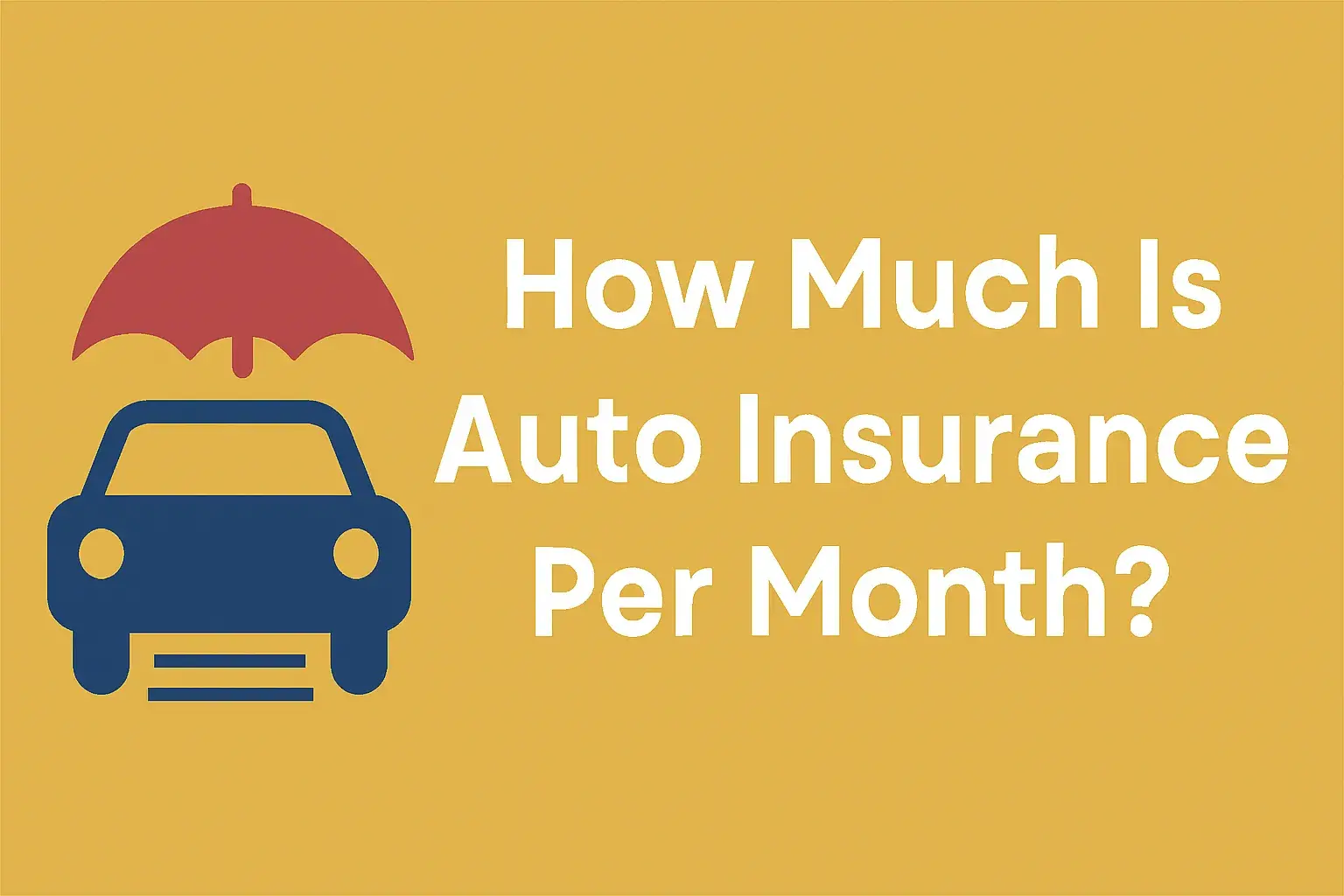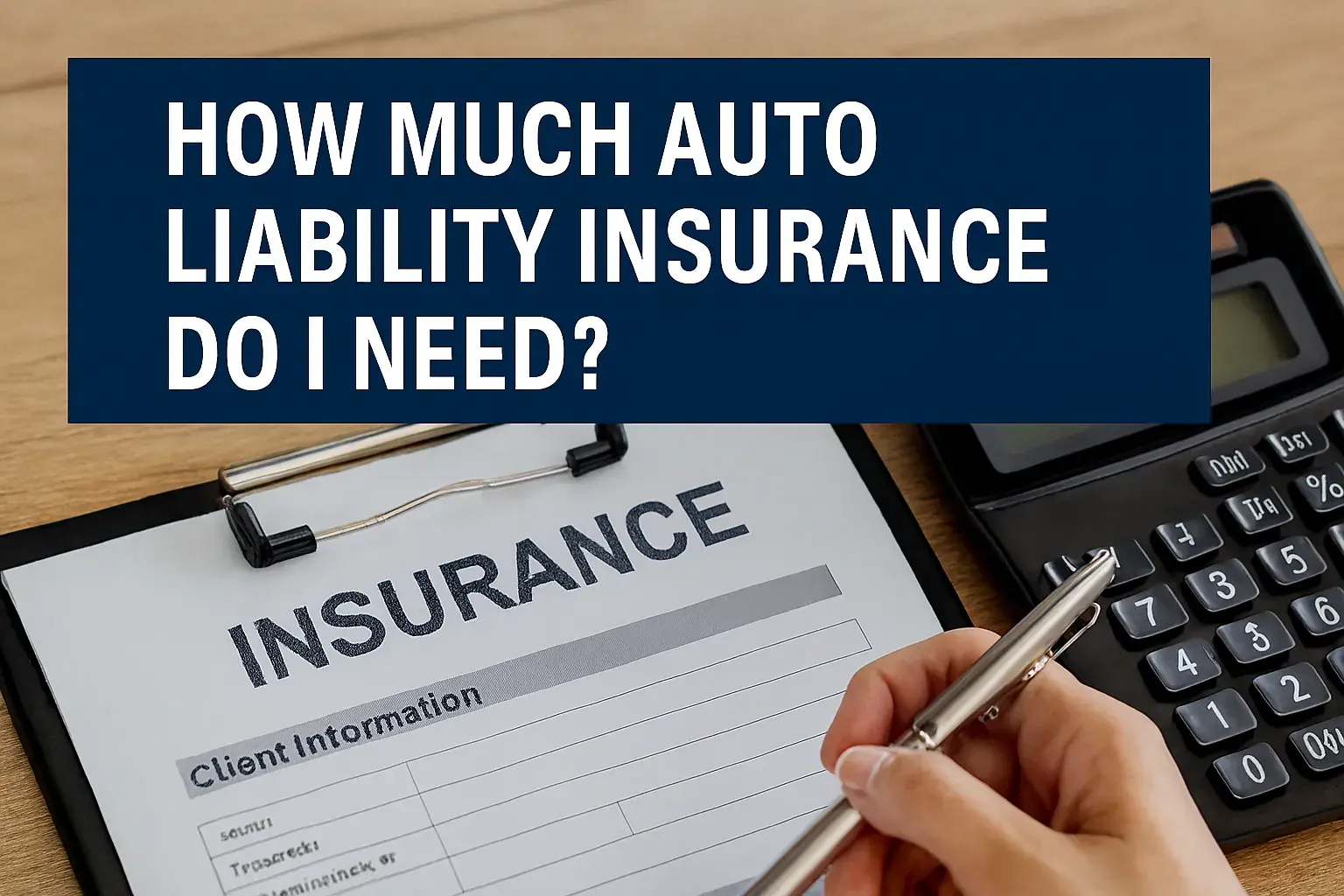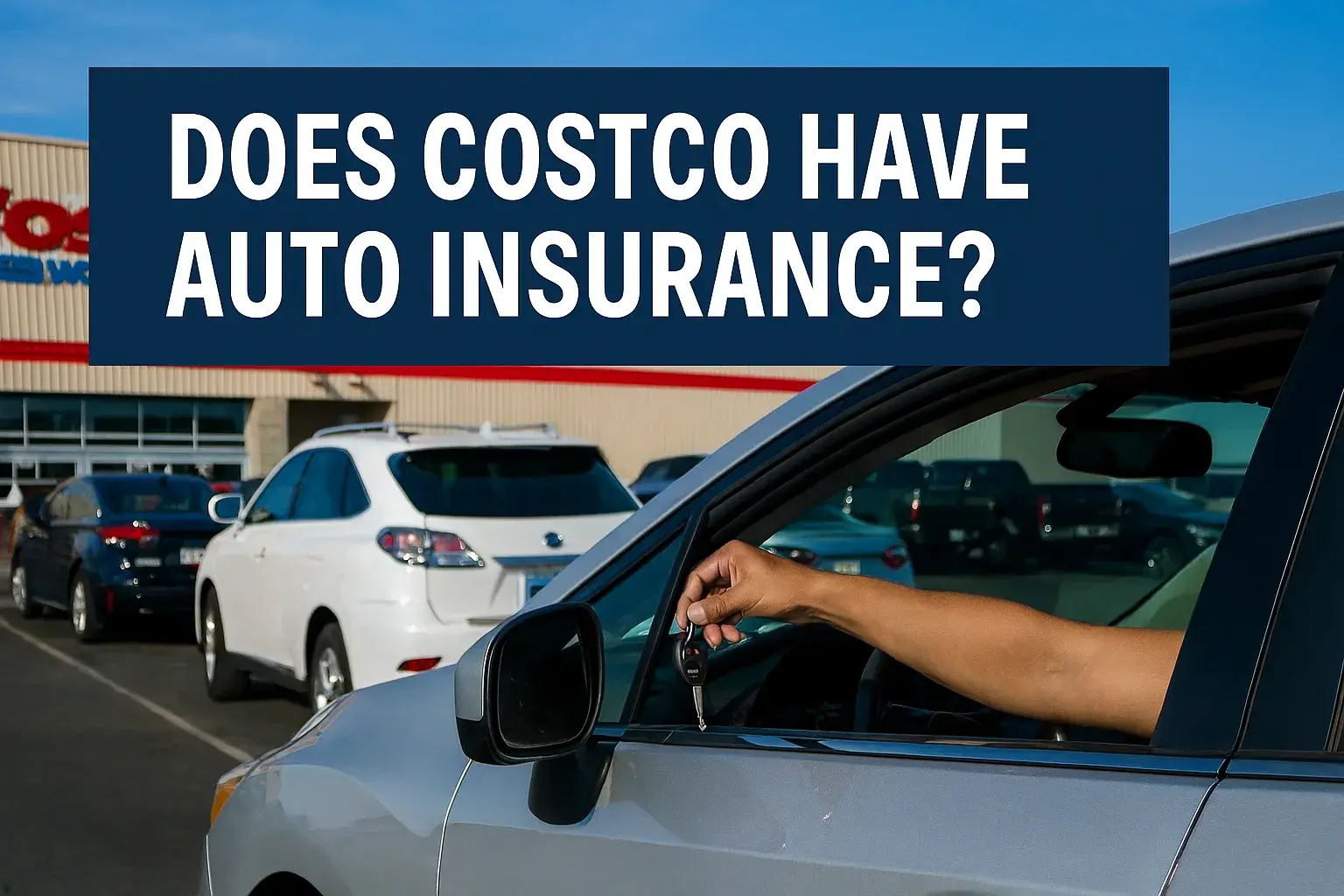26
Jul
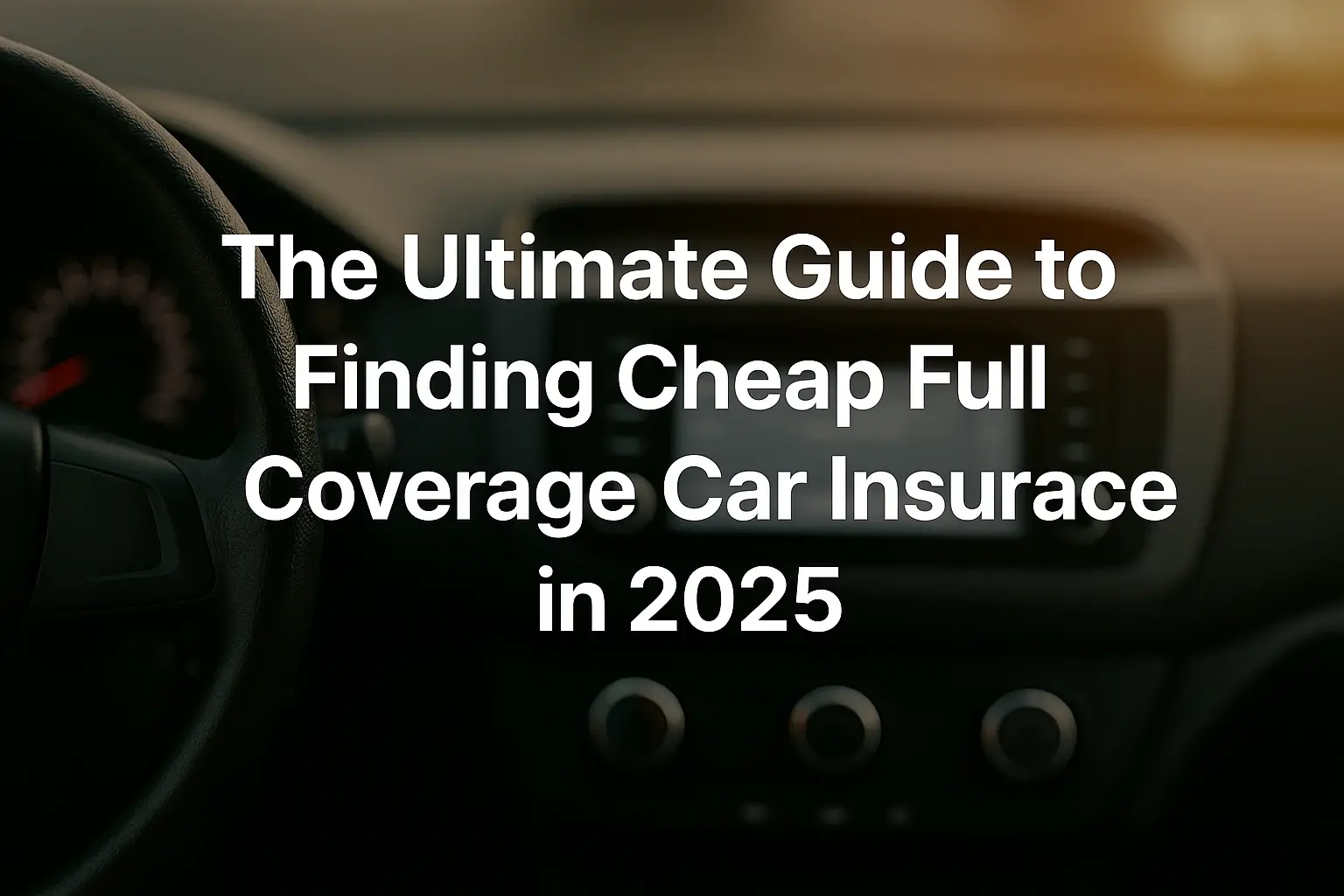
Car insurance is a necessity for drivers, but the costs can sometimes feel overwhelming, especially when you're seeking full coverage. Full coverage car insurance provides comprehensive protection, combining liability, collision, and comprehensive coverage to safeguard you against a wide range of risks, from accidents to theft and natural disasters. However, the price of full coverage can vary significantly based on factors like your location, driving history, and the insurance provider you choose. In this guide, we’ll explore how to find affordable full coverage car insurance in 2025, offering practical tips, cost-saving strategies, and insights into the best providers, all while ensuring you maintain robust protection. Let’s dive in!
What is Full Coverage Car Insurance?
Before we explore ways to save, let’s clarify what “full coverage” car insurance entails. Unlike minimum liability coverage, which only covers damages or injuries you cause to others, full coverage is a combination of three key components:
-
Liability Coverage: This covers bodily injury and property damage you cause to others in an accident. It’s mandatory in most states, with minimum requirements varying by location.
-
Collision Coverage: This pays for repairs to your vehicle if you’re involved in a collision, whether it’s with another car or an object like a tree or guardrail, regardless of who’s at fault.
-
Comprehensive Coverage: This protects against non-collision incidents, such as theft, vandalism, natural disasters (e.g., floods, hail), or hitting an animal like a deer.
Full coverage is often required if you lease or finance your vehicle, as lenders want to ensure their investment is protected. Even if you own your car outright, full coverage is a wise choice if you want peace of mind or live in an area prone to risks like severe weather or high crime rates. However, the cost of full coverage can be significantly higher than liability-only policies, making it essential to find ways to secure affordable rates without sacrificing protection.
Why Full Coverage Car Insurance Matters
Full coverage car insurance offers broader protection than liability-only policies, which can leave you vulnerable to significant out-of-pocket expenses. For example, if you hit a deer or your car is stolen, liability coverage won’t help with repairs or replacement costs. In contrast, full coverage ensures you’re protected in a variety of scenarios, including:
-
Accidents: Covers repairs to your vehicle, even if you’re at fault.
-
Theft or Vandalism: Reimburses you if your car is stolen or damaged by vandals.
-
Natural Disasters: Pays for repairs due to events like floods, hurricanes, or hailstorms.
-
Animal Collisions: Covers damage from hitting animals, such as deer, which is common in rural areas.
Given these benefits, full coverage is particularly valuable for drivers with newer or more expensive vehicles, those in high-risk areas, or anyone who can’t afford to replace their car out of pocket. However, the cost can be a barrier, with national averages for full coverage ranging from $1,500 to $2,000 per year, depending on the provider and driver profile.
Factors Affecting Full Coverage Car Insurance Costs
Understanding what influences your insurance premiums is key to finding affordable full coverage. Here are the main factors insurers consider:
-
Location: Urban areas with higher traffic, crime rates, or weather risks (e.g., Chicago or New Jersey) often have higher premiums than rural areas like Idaho. For example, full coverage in New Jersey averages $282 per month, while in Idaho, it’s around $154 per month.
-
Driving Record: A clean driving record can significantly lower your rates. Accidents, DUIs, or traffic violations can increase premiums by 20-50% or more.
-
Age and Gender: Younger drivers, especially those under 25, face higher rates due to their inexperience. For instance, 20-year-old drivers pay an average of $343 per month for full coverage with GEICO.
-
Vehicle Type: Expensive or high-performance cars cost more to insure due to higher repair or replacement costs. Conversely, vehicles with advanced safety features may qualify for discounts.
-
Credit Score: In most states, insurers use credit-based insurance scores to determine rates. A higher score can lead to lower premiums.
-
Coverage Limits and Deductibles: Higher coverage limits or lower deductibles increase premiums, while lower limits or higher deductibles can reduce costs.
-
Mileage and Driving Habits: Low-mileage drivers or those with safe driving habits may qualify for discounts or usage-based insurance (UBI) programs.
By understanding these factors, you can take targeted steps to lower your insurance costs while maintaining full coverage.
Top Tips for Finding Cheap Full Coverage Car Insurance
Securing affordable full coverage car insurance requires a combination of smart shopping, strategic choices, and leveraging discounts. Here are 12 practical tips to help you save:
1. Compare Quotes from Multiple Insurers
One of the most effective ways to find cheap full coverage is to shop around. Rates can vary significantly between insurers for the same driver profile. For example, in New York, Kemper offers full coverage for as low as $94 per month, while other providers may charge upwards of $200. Use comparison tools like The Zebra or Insurify to get quotes from multiple companies, including GEICO, Progressive, State Farm, and Travelers, which are known for competitive rates.
2. Look for Discounts
Insurance companies offer a variety of discounts that can significantly reduce your premiums. Common discounts include:
-
Safe Driver Discounts: Maintain a clean driving record for 3-5 years to qualify.
-
Bundling Discounts: Combine auto insurance with home, renters, or other policies for savings of 10-25%.
-
Vehicle Safety Discounts: Equip your car with anti-theft devices, airbags, or anti-lock brakes.
-
Defensive Driving Discounts: Complete a state-approved defensive driving course.
-
Good Student Discounts: Available for students with a B average or better.
-
Low-Mileage Discounts: Ideal for drivers who travel fewer than 7,500 miles annually. Ask your insurer about all available discounts to maximize savings.
3. Choose a Higher Deductible
Your deductible is the amount you pay out of pocket before insurance kicks in. Opting for a higher deductible (e.g., $1,000 instead of $500) can lower your monthly premiums. However, ensure you can afford the deductible in case of a claim. This strategy works best for drivers with a clean record who are less likely to file claims frequently.
4. Consider Usage-Based Insurance (UBI)
Usage-based insurance, also known as pay-as-you-drive (PAYD) or pay-how-you-drive (PHYD), adjusts your premiums based on your driving habits, such as mileage, speed, and braking patterns. Programs like Progressive’s Snapshot or Allstate’s Drivewise use telematics devices or apps to monitor your driving. Safe, low-mileage drivers can save significantly with UBI.
5. Bundle Your Policies
Bundling your auto insurance with other policies, such as homeowners' or renters' insurance, can lead to substantial discounts. For example, in Maine, bundling can save residents in coastal areas like Ogunquit additional costs on both auto and home coverage. Check with providers like State Farm or Allstate, which offer attractive multi-policy discounts.
6. Maintain a Clean Driving Record
A clean driving record is one of the most powerful ways to keep your premiums low. Avoid accidents, tickets, and DUIs, as these can increase rates significantly. For instance, Kemper offers rates as low as $77 per month for drivers with an at-fault accident in New York, but a clean record could lower this further.
7. Improve Your Credit Score
In states where it’s legal, insurers use your credit-based insurance score to set rates. Paying bills on time, reducing debt, and monitoring your credit report can improve your credit score and lower your premiums. Check with your insurer to see if they offer credit-based discounts.
8. Choose a Cost-Effective Vehicle
The type of car you drive impacts your insurance rates. Vehicles with high safety ratings, low repair costs, or anti-theft features often qualify for lower premiums. For example, installing anti-theft devices or advanced airbags can reduce rates. Avoid high-performance or luxury cars, which are more expensive to insure.
9. Explore Regional Providers
While national insurers like GEICO and Progressive often have competitive rates, smaller regional providers may offer lower premiums in specific areas. For example, NYCM offers liability coverage in New York for as low as $42 per month, and Kemper provides full coverage for $94 per month. Research local insurers in your state to find hidden gems.
10. Take Advantage of Pay-Per-Mile Plans
If you drive infrequently, pay-per-mile insurance plans can save you money. These plans charge a base rate plus a per-mile fee, making them ideal for low-mileage drivers. Companies like Metromile or Nationwide’s SmartMiles offer such options, particularly in urban areas.
11. Review Your Coverage Needs Annually
Your insurance needs may change over time, so review your policy annually to ensure you’re not overpaying for unnecessary coverage. For example, if your car’s value has depreciated significantly, you might reduce comprehensive coverage or increase your deductible to lower costs.
12. Avoid Lapses in Coverage
A lapse in coverage can lead to higher premiums and fines, especially in states like Georgia, where a $25 fine is imposed for lapses. Maintain continuous coverage to avoid rate hikes and ensure compliance with state laws.
Cheapest Full Coverage Car Insurance Providers in 2025
Based on recent analyses, several auto insurance companies stand out for offering affordable full coverage in 2025. Here’s a look at some of the top providers, with average monthly rates for full coverage:
-
Travelers: $149/month (national average). Known for competitive rates and excellent customer service.
-
Kemper: $94/month (New York). Offers low rates, especially for drivers with minor violations.
-
GEICO: $143/month (for 40-year-old drivers). A top choice for young and millennial drivers.
-
State Farm: $116/month (national average). The largest U.S. insurer with strong financial stability.
-
USAA: $99/month (for military members, veterans, and their families). Highly rated for customer satisfaction, but limited to eligible drivers.
-
ECICS: S$843.43/year (Singapore). A cost-effective option for international drivers.
These rates are based on sample driver profiles (e.g., 35-year-old drivers with clean records and good credit). Your actual rates may vary, so always request personalized quotes.
State-Specific Considerations
Car insurance rates and requirements vary by state, so it’s crucial to understand your local market. Here are examples of affordable full coverage options in specific regions:
-
New York: Kemper offers full coverage for $94/month, while NYCM provides liability coverage for $42/month. Teens face higher rates, averaging $2,242 for six months.
-
Maine: Travelers and local providers offer competitive rates, with bundling discounts for coastal residents. Safe driver and vehicle safety discounts are widely available.
-
Georgia (Dublin): Full coverage averages $137/month, significantly lower than the state average of $218.
-
Illinois (Chicago): Full coverage averages $2,126/year, but comparing quotes and leveraging discounts can lower costs.
-
Singapore: ECICS and AIG offer comprehensive coverage starting at S$843.43/year, with rates varying based on driver profile and vehicle type.
Enter your ZIP code on comparison sites or SingSaver to get personalized rates for your area.
Additional Coverage Options to Consider
While full coverage provides robust protection, you may want to consider optional add-ons for extra security, depending on your needs:
-
Uninsured/Underinsured Motorist Coverage: Protects you if you’re hit by a driver with no or insufficient insurance. This is crucial in areas with high rates of uninsured drivers, like Chicago.
-
Gap Insurance: Covers the difference between your car’s value and the amount you owe on a loan if your vehicle is totaled. This is ideal for leased or financed cars.
-
Rental Reimbursement: Pays for a rental car if your vehicle is being repaired after a covered claim.
-
Roadside Assistance: Covers towing, flat tire changes, and other roadside emergencies.
Evaluate whether these add-ons are worth the extra cost based on your driving habits and financial situation.
Common Mistakes to Avoid
When shopping for cheap full coverage car insurance, avoid these pitfalls:
-
Choosing the Cheapest Policy Without Comparing Coverage: Low rates may come with limited protection or poor customer service. Always compare coverage limits, deductibles, and insurer reputation.
-
Overlooking Discounts: Failing to ask about discounts can cost you hundreds annually.
-
Not Reviewing Policies Annually: Life changes, such as moving or paying off a car loan, can affect your insurance needs. Review your policy regularly to avoid overpaying.
-
Ignoring Regional Providers: National insurers aren’t always the cheapest. Local companies like NYCM in New York may offer better rates.
-
Letting Coverage Lapse: A lapse can lead to fines and higher premiums, as seen in Georgia.
How to File a Claim with Full Coverage
If you need to file a claim, follow these steps to ensure a smooth process:
-
Ensure Safety: Move to a safe location and check for injuries. Call emergency services if needed.
-
Document the Incident: Take photos of the damage, collect witness information, and obtain a police report if applicable.
-
Contact Your Insurer: Notify your insurance company as soon as possible. Provide details like the date, time, location, and description of the incident.
-
Provide Necessary Information: Submit your policy number, photos, and any other required documents.
-
Work with the Adjuster: An adjuster will assess the damage and determine the payout based on your coverage.
Filing a claim can be daunting, but full coverage ensures you’re protected for a wide range of incidents, from collisions to theft. Refer to your insurer’s website or blog for specific claim-filing guides.
The Future of Car Insurance in 2025
As we move through 2025, new trends are shaping the car insurance industry, offering opportunities to save:
-
Telematics and UBI: Usage-based insurance is growing, with more insurers offering telematics programs to reward safe driving.
-
Electric Vehicles (EVs): As EV adoption increases, insurers are offering specialized policies for electric cars, which may have different repair costs.
-
Digital Tools: Comparison platforms like The Zebra and Insurify make it easier to find affordable rates in minutes.
-
Climate Risks: With extreme weather events on the rise, comprehensive coverage is becoming more critical, especially in states like Maine or Florida.
Staying informed about these trends can help you choose a policy that aligns with your needs and budget.
Conclusion
Finding cheap full coverage car insurance in 2025 is achievable with the right strategies. By comparing quotes, leveraging discounts, choosing a higher deductible, and maintaining a clean driving record, you can secure affordable rates without compromising protection. Providers like Travelers, Kemper, GEICO, and State Farm offer competitive options, but don’t overlook regional insurers or usage-based plans for additional savings. Regularly review your policy, consider your coverage needs, and stay informed about industry trends to ensure you’re getting the best value. With these tips, you can drive with confidence, knowing you’re protected at a price that fits your budget.
For personalized quotes, visit comparison sites like PerfinSure or contact insurers directly to explore your options. Happy driving, and stay safe on the road!
